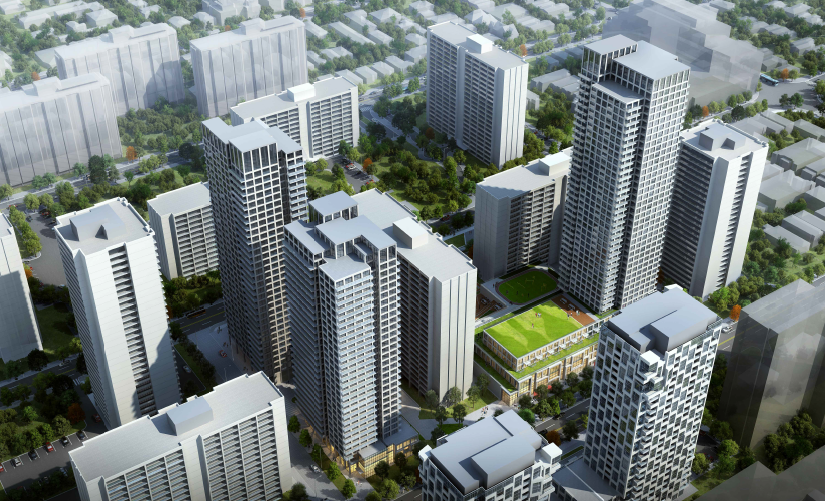MrGoose
Active Member
Pretty much.There is so much opportunity on arterials........vast amounts of it..............
Look up and down Coxwell, Greenwood, Donlands etc. in the core (ish) area.
Look up and down Pharmacy, Warden, McCowan and Bellamy........
And so many more.
Which is not to diminish any other intensification scheme.
A quick sample of the older portions of Warden suggest that as-of-right zoning of a mere 5 storeys would result in 400 new units every 500m.
If one were to examine Warden, and remove areas of industry, or those that already intensified, this could apply to at least 10km within City of Toronto boundaries.
Which is to say, not less than 8,000 units (roughly, housing for 20,000) on but one single street.
Apply that across the City and we're well into accommodating 500,000 or more, all without any intensification of interior neighborhoods or a single tower.
Lots of opportunity!
Like here at Huntington and Warden
or here at yonge and weldrick, those lot sizes particularly irk me
or here at kipling and the westway.






/cloudfront-us-east-1.images.arcpublishing.com/tgam/LUO3M4HLCNA2HOUPTMXJ3EYRFM.JPG)
